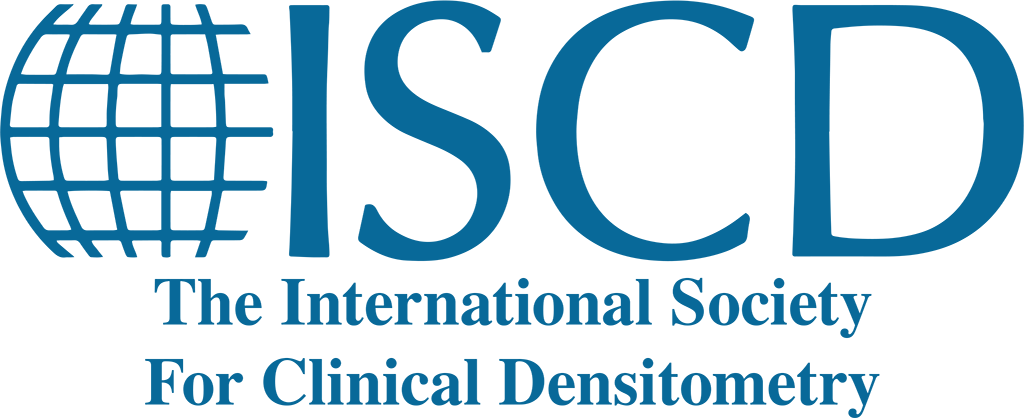
The Why and How of Precision and Cross-Calibration
Discussion of why precision and cross-calibration are integral to running a quality densitometry practice and how to follow ISCD guidelines to perform these assessments.
OBJECTIVES
- Understand why precision, determination of least significant change, is necessary to monitor BMD change.
- Determine when cross-calibration is required and how to perform in various settings.
- Implement ISCD Official Positions to calculate least significant change for single and multiple instrument practices.
Successful completion of this session qualifies for 1 ASRT Category A continuing education credit.

Diane Krueger, BS, CBDT
Researcher
Osteoporosis Clinical Research Program - University of Wisconsin, Madison
Diane Krueger received her Bachelor of Science degree at the University of Wisconsin-Madison. She is an ISCD-certified clinical densitometrist and a certified clinical research coordinator through the Association of Clinical Research Professionals. She has been program manager of the University of Wisconsin Osteoporosis Clinical Research Program since its inception in 1993. Ms. Krueger has extensive clinical research experience in osteoporosis and bone densitometry, having coordinated multiple industry and investigator-initiated studies. In collaboration with the UW Osteoporosis Program, she has published over 90 manuscripts and authored or presented over 200 abstracts. Her service with ISCD has included serving as Technologist Bone Densitometry Course faculty since 2006 and chairing the related Update Annual Meeting Committees. In her leadership capacity, she is currently Education Council chair and serves on the Executive Committee and Board. Additionally, she previously held several officer positions including Secretary and four Presidential seats.

